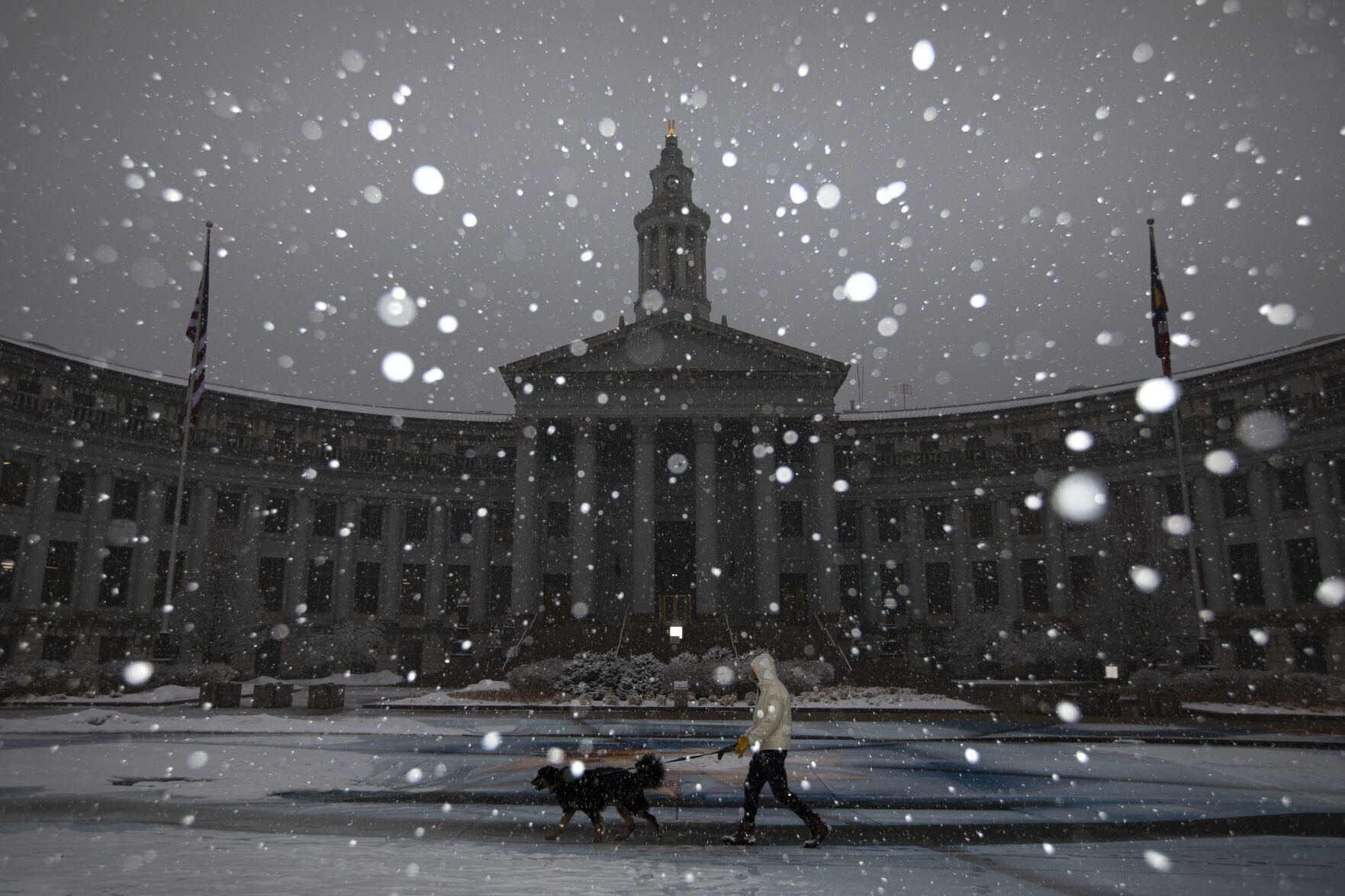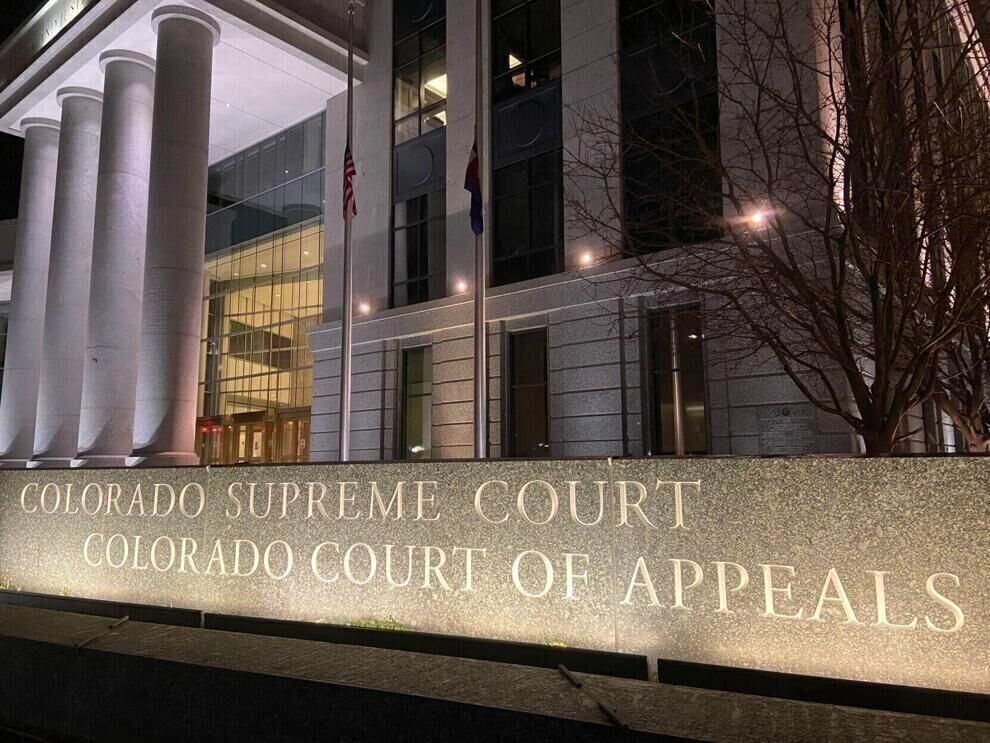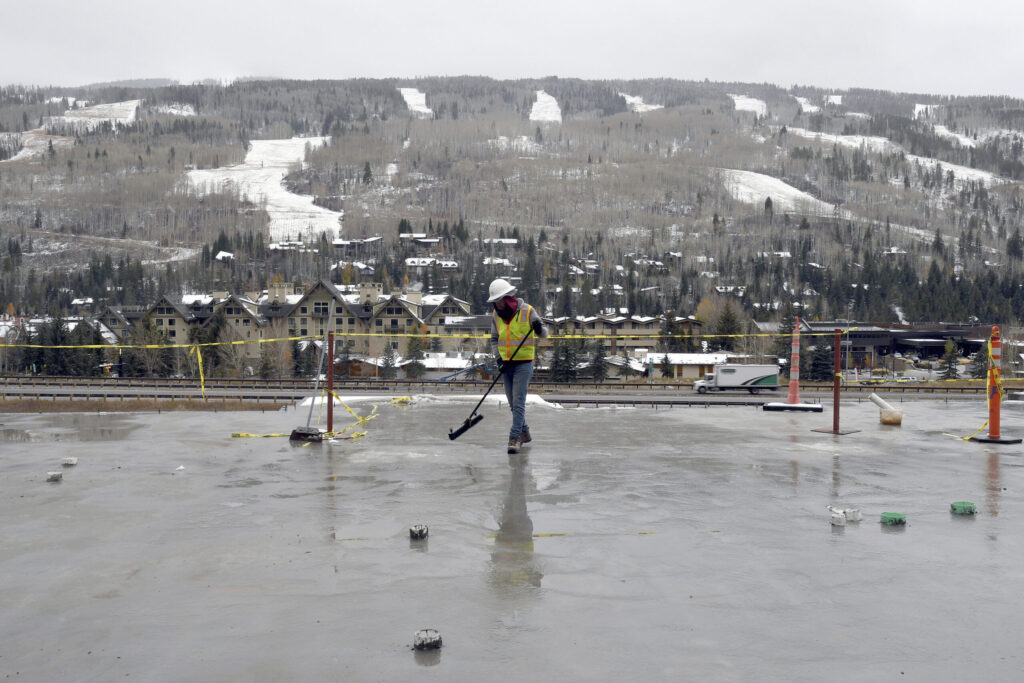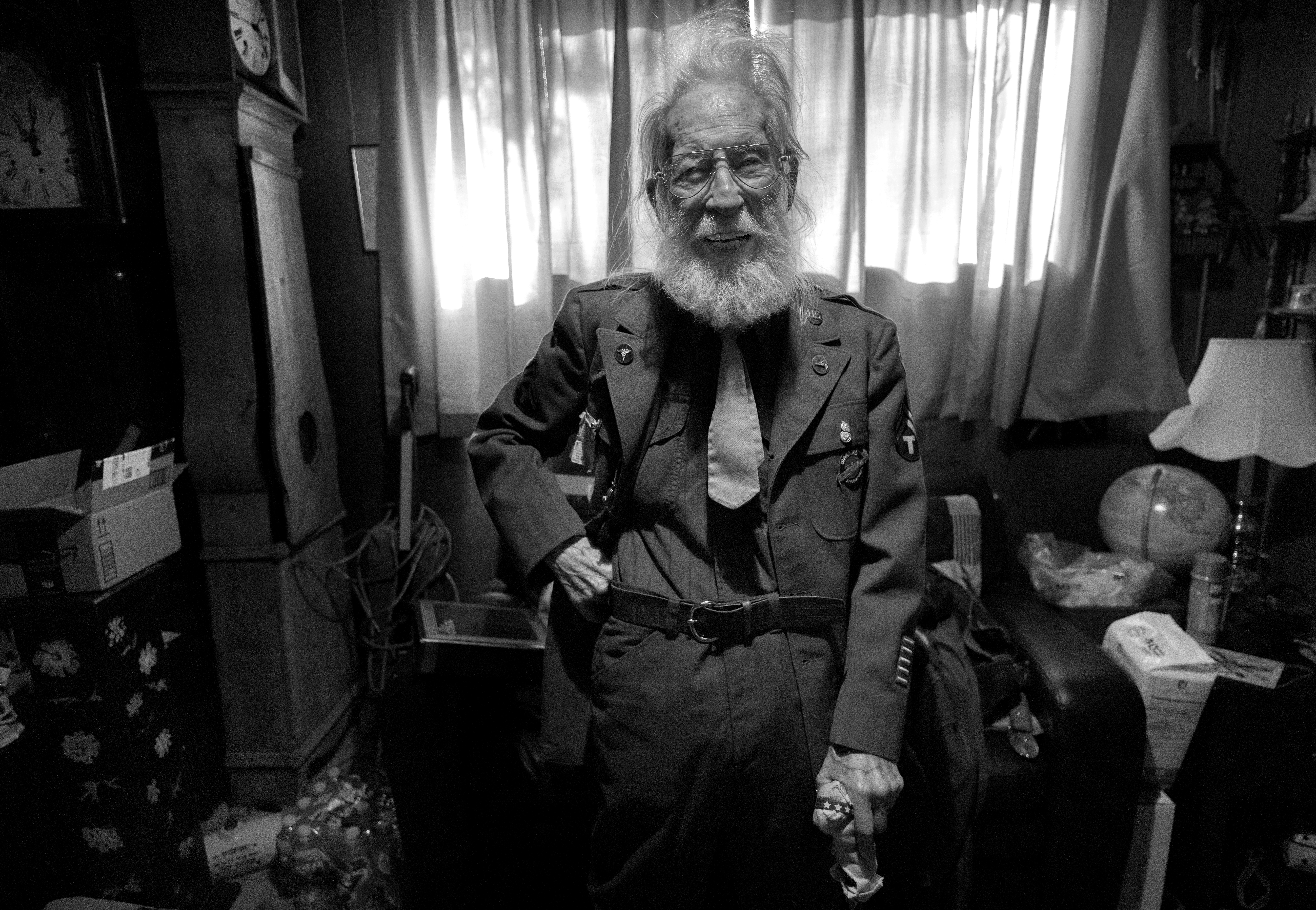Denver daytime warming centers to open ahead of cold temperatures

All operational recreation centers in Denver will be open as warming centers on Tuesday, according to a news release from the Denver Department of Public Health and the Environment.
The recreation centers will be open during normal business hours.
Denver weather: Warm start to the week ahead of snow, freezing temps
Meteorologists predicted snow starting to fall Monday night and into Tuesday morning, with temperatures Tuesday expected to remain below freezing. The high is expected to reach only 24 degrees and the Denver area is expected to get up to three inches of snow, according to the National Weather Service.
Denver’s emergency warming centers are opened only if the daytime temperature does not exceed 10 degrees, or if the city receives more than six inches of snowfall. Emergency overnight shelters are opened if the city determines it needs additional capacity, or there is a power outage affecting more than 10,000 residents.
Pueblo County wildfire 85% contained as area braces for snow
The criteria Denver uses for opening emergency shelters previously drew criticism from housing advocates and District 9 Councilwoman Candi CdeBaca. They allege Denver is out of step with regional standards, saying other metro areas activate emergency shelters when the temperature drops below freezing.
While CdeBaca did not name specific metro areas Denver should look to for updating their standards, Boulder was held up by some as a good example. Previous reporting by the Denver Gazette found Boulder only lowered its emergency shelter thresholds after an expansion of year-round shelters.
The shelters are also open to the public, including those who may need to wait for a bus or light rail connection.
Denver Department of Public Health and the Environment officials cautioned residents on the danger of cold exposure. A news release highlighted elevated risks of hypothermia, frostbite and possible carbon monoxide poisoning as a result of cold temperatures. Denverites were urged to to limit their time outside and be aware of the signs of frostbite and hypothermia.
Frostbite causes loss of feeling and color around the face, fingers, and toes. Skin can turn white or grayish-yellow and become firm or waxy, according to public health officials. To re-warm affected areas, use body heat or warm water, but avoid using heating pads or massage.
Hypothermia is an unusually low body temperature accompanied by shivering, confusion, fumbling hands, memory loss, slurred speech, and drowsiness, the department said. A body temperature below 95 degrees is an emergency.
“Warm the center of the body first-chest, neck, head, and groin,” according to the release. “Keep dry and wrapped in warm blankets, including the head and neck.”














